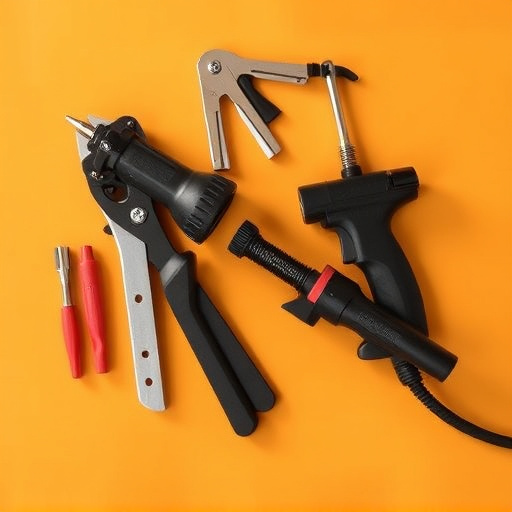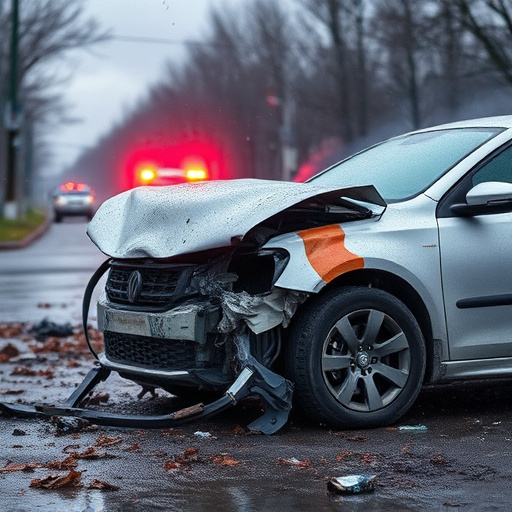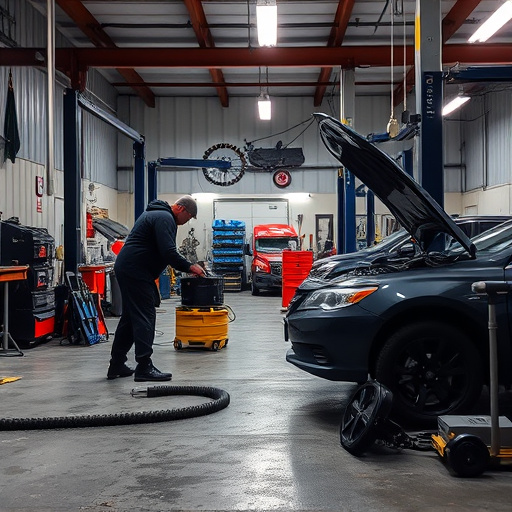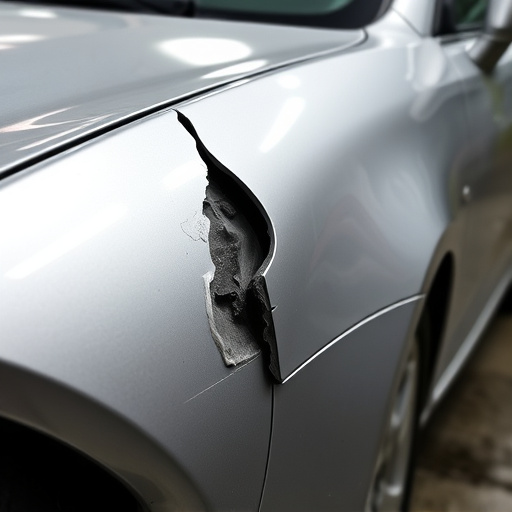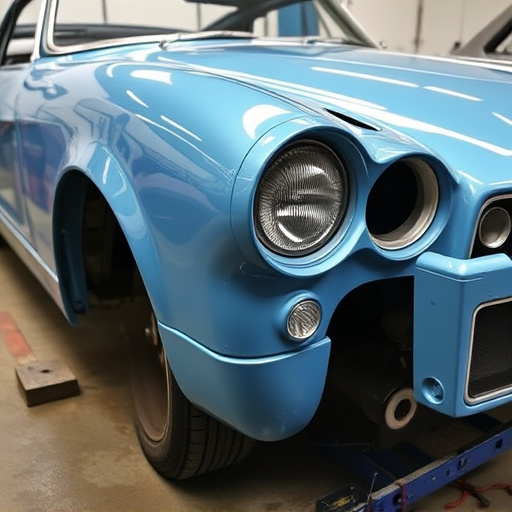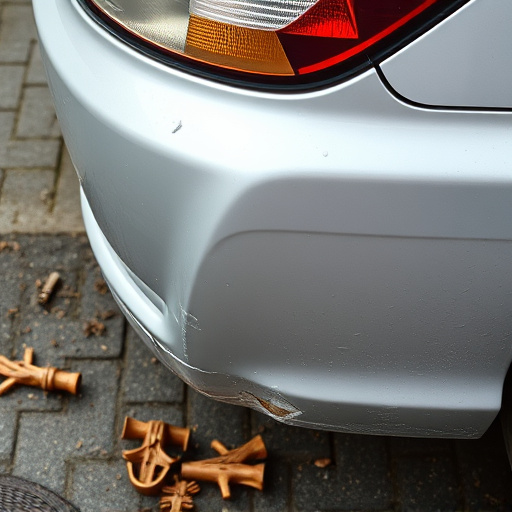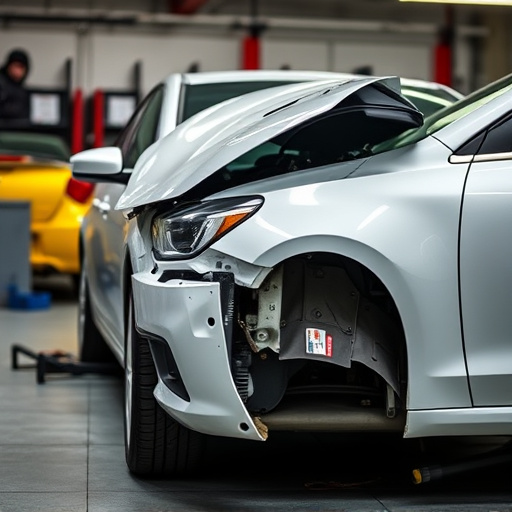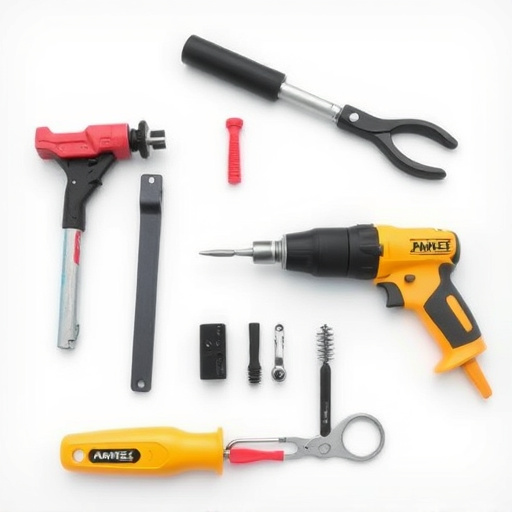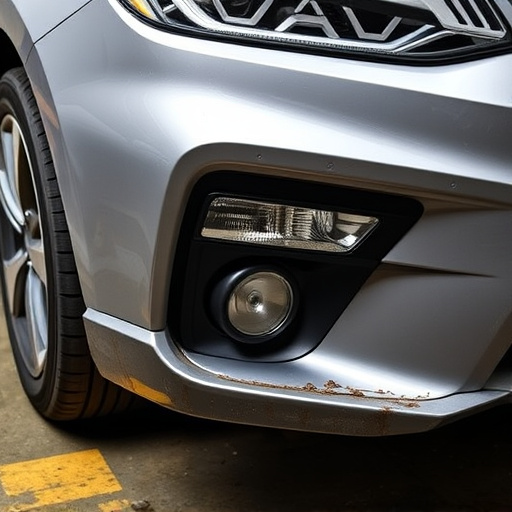Ice damage collisions pose unique challenges during winter, damaging vehicles from scratches to structural issues due to ice buildup, reduced visibility, and slippery roads. Specialized collision repair centers assess and calibrate Advanced Driver Assistance Systems (ADAS), ensuring safety features function optimally after repairs that range from minor adjustments to extensive car body restoration. Technicians use specialized tools for precise ADAS calibration, maintaining structural integrity and safety systems like lane departure warning, adaptive cruise control, and automatic emergency braking.
Ice damage collisions pose unique challenges for auto body shops, requiring specialized knowledge and techniques. This article delves into the intricate process of repairing vehicles affected by icy conditions, focusing on adjustments to Advanced Driver Assistance Systems (ADAS). Understanding ice-related damages and the ADAS repair process is crucial for restoring safety features like lane keeping and adaptive cruise control. We guide you through assessment, restoration, and fine-tuning ADAS systems post-ice damage collision repair.
- Understanding Ice Damage Collisions and ADAS
- Repair Process: From Assessment to Restoration
- Adjusting Advanced Driver Assistance Systems (ADAS)
Understanding Ice Damage Collisions and ADAS
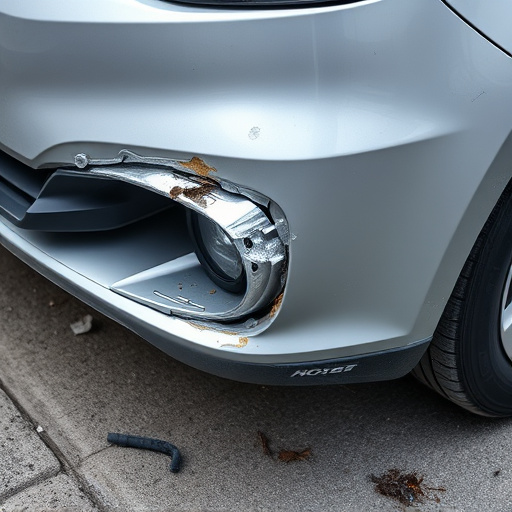
Ice damage collisions can be particularly challenging for both drivers and collision repair centers. When ice or snow accumulates on vehicle surfaces, it can cause a range of issues from minor car scratches to more severe structural damages. These collisions often occur during harsh winter conditions when reduced visibility and slippery roads contribute to accidents. Understanding how these incidents impact vehicles is the first step in effective ice damage collision repair.
Advanced Driver Assistance Systems (ADAS) play a significant role in modern cars, enhancing safety features like automatic emergency braking and lane departure warning. When a vehicle experiences an ice-related collision, ADAS components might also be affected. Collision centers specializing in such repairs not only address visible ice damage but also ensure proper adjustments to these advanced systems after repair. This includes recalibration of sensors and cameras to maintain optimal performance, ensuring the car is safe and roadworthy once again.
Repair Process: From Assessment to Restoration
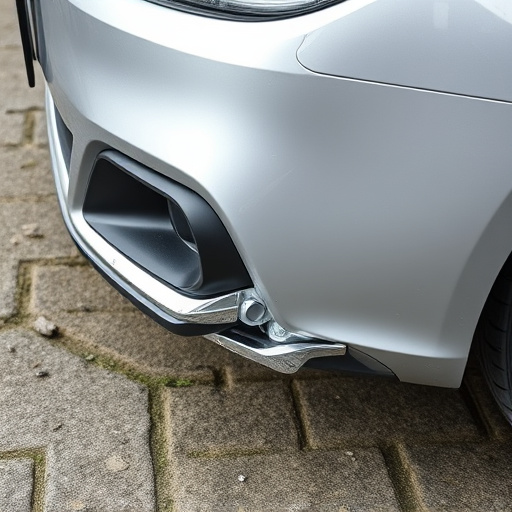
The process of ice damage collision repair involves a meticulous assessment to understand the extent of the harm caused by freezing temperatures and subsequent thawing. This initial step is crucial in determining the necessary repairs, which can range from minor adjustments to significant car body restoration. Skilled technicians at a reputable auto repair shop will inspect for various issues like dented panels, cracked windows, or damaged sensors due to ice buildup.
Once identified, repairs commence with precision and adherence to industry standards. The process may involve replacing parts, realigning frames, and calibrating advanced driver-assistance systems (ADAS). ADAS adjustments are a critical yet often overlooked aspect of ice damage repair, ensuring the safety features function optimally post-restoration. After completion, the restored vehicle undergoes thorough testing to guarantee it meets safety standards and drives as smoothly as new.
Adjusting Advanced Driver Assistance Systems (ADAS)
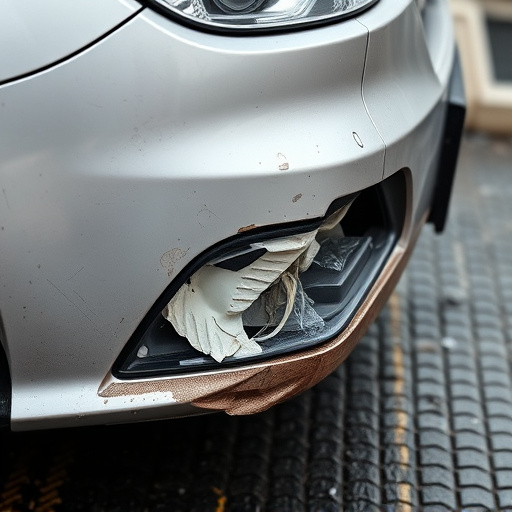
When a vehicle sustains ice damage from a collision, adjusting Advanced Driver Assistance Systems (ADAS) is a crucial step in the repair process. These systems, designed to enhance safety and driving assistance, must be calibrated accurately to ensure optimal performance after repairs. Ice damage can disrupt sensor placement or calibration, leading to potential malfunctions.
Automotive repair technicians employ specialized tools and diagnostic equipment to reset and fine-tune ADAS components like lane departure warning, adaptive cruise control, and automatic emergency braking. Vehicle body repair and dent repair techniques are carefully applied to restore the vehicle’s structure while maintaining the integrity of these sensitive systems. This meticulous adjustment ensures that the ADAS functions correctly and contributes to a safer driving experience post-repair.
Ice damage collisions pose unique challenges, but with advanced techniques and precise adjustments to ADAS systems, repairs can restore vehicles to their pre-accident condition. Understanding the intricate process from assessment to restoration is key to ensuring safety and reliability. By leveraging modern technology and expertise, ice damage collision repair specialists not only fix physical damage but also calibrate sensor systems, enhancing overall vehicle performance and driver assistance.

